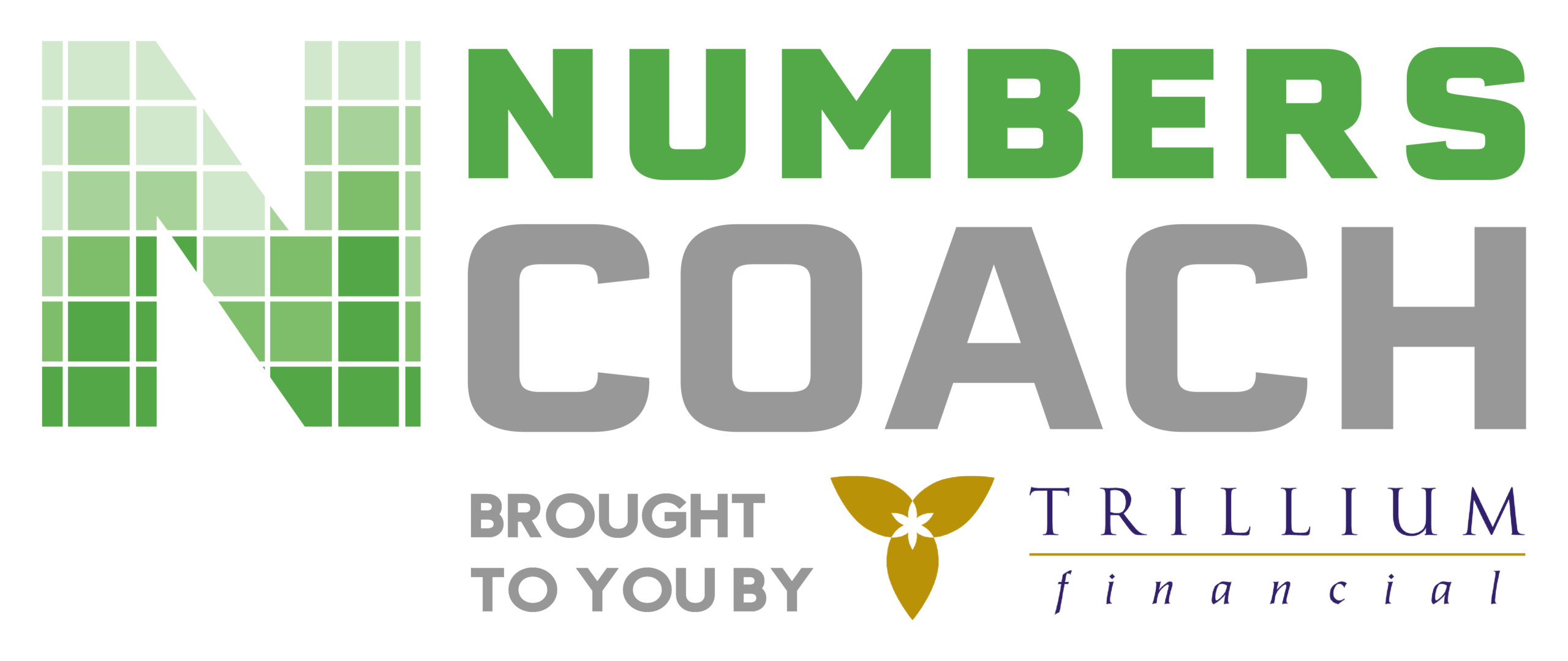From “Mom&Pop” companies to major corporations, businesses today are looking at every penny flowing in and out. No one relishes turning up the heat on clients to pay invoices faster. That’s why you should implement proactive cash flow management practices—before your bills start to pile up and your lines of credit are tapped out.
Conduct a Cash Flow Analysis
Cash flow controls the extent to which a business builds or consumes available cash and credit capacity. Cash flow analysis is not simply an interesting management tool. It is necessary for the good health and future of every enterprise.
“At the end of the day, well-run businesses will use cash flow analysis as a tool to manage their destiny by preparing for future needs,” says Joe Dresnok, President of Management Horizons in Roswell, GA. “For those companies that have the wisdom to keep either cash or credit resources available beyond the resources that they currently anticipate, those firms will likely have the ‘staying power’ to withstand the machinations of this turbulent economy.”
Your business software may already have built-in features that allow you to run regular cash flow analyses. These analyses give a larger and more accurate picture than net profit or bank statements.
Use Cash Flow Forecasting
Run several different cash flows forecasts for your business: a best-case scenario, a worst-case scenario, and a middle case scenario.
“When thinking about cash flow management, a thirteen week rolling forecast is a very useful tool,” says Mike Iverson, CEO of Trillium Financial. “Today is the first week of the 13-week cycle. Use this tool to think about where you will be in three months.”
While economic turbulence does make it more difficult to predict exactly what your business will look like in three months, running these forecasts tells you if you will be able to pay bills, and help you create plans to be proactive in managing your cash flow requirements.
If you feel overwhelmed by a thirteen week period, then Iverson suggests “running a shorter one, for example an eight week cash flow forecast.”
“Cash flow projections is a valuable tool,” explains Dresnok. “It can mean the difference between success and failure – even for a growing business. In short, cash flow projection can guide the business owner to controlled, profitable growth.”
Extend Credit Carefully and Invoice ASAP
“In light of the recent slow-down in the economy, many companies are experiencing declining revenues, slower collections of outstanding accounts receivable – or even write-offs– and less access to bank financing,” says Kent Bridges, CPA, Managing Partner of Bridges & Dunn-Rankin, LLP, headquarters in Atlanta, GA. “Accordingly, businesses are having to be more proactive in their billing and collection practices including doing more to determine the credit worthiness of customers before extending them credit.”
Two of the best cash flow management techniques are (1) having policies in place on extending credit to customers and (2) having good billing practices.
Iverson suggests one tool to consider as part of your credit evaluation process is the Z-Score. It is one of several tools that you can use to assist with the dilemma of who you should or should not extend credit. The Z–Score is a mathematical calculation used to rate companies’ creditworthiness. You can find additional information about this methodology at the following resources:
• The Accounts Receivable Network (www.tarn.com)
• Credit Guru.com (www.creditguru.com)
In a cash-tight economy, fast and accurate invoicing is especially important as a good billing practice. Send your invoices as soon as possible. Don’t wait to send them out at the end of the month.
Make sure all the info on the invoice is accurate so that you don’t need to reissue a bill. One of the biggest issues for small and medium sized businesses for positive cash flow management is closing on the cash conversion cycle. The conversion is the time between when a service or product is delivered until payment is received.
Cash in Hand
Other cash flow management tools include appropriate use of debt financing and maintaining sufficient cash reserves.
“While it varies according to the business, we generally recommend having cash in operating accounts equal to at least one to two months of operating expenses, having another one to two months of operating expenses covered by accounts receivable or recurring revenue, and another one to two months of operating expenses covered by available lines of credit” suggest Bridges. “This provides the company with a minimum of three to six months of cash flow cushion in the event of a slow-down in revenue or collections. “
Remember: even fast-growing companies can have cash flow issues as they add new employees and equipment, making cash flow management important for all businesses in both good and tough economic environments.
